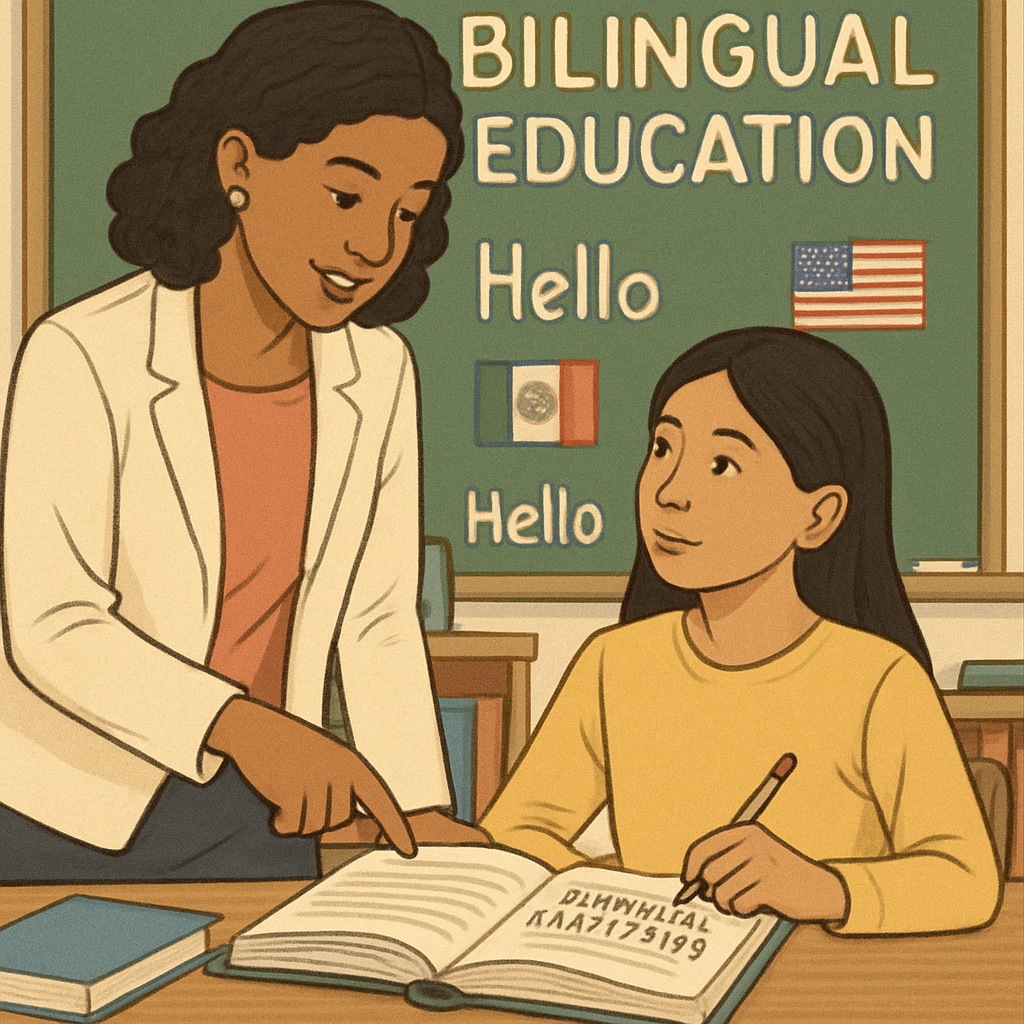Transitioning from a native language education system to a foreign language one is a significant milestone for K12 students. This process, often associated with study abroad opportunities, presents both challenges and opportunities for personal and academic growth. For example, moving from an Arabic-based education system to an English-based system requires not only mastering a new language but also adapting to a different approach to learning. Understanding the factors involved in this transition can help students and their families navigate the complexities of language adaptation and cultural integration.
Understanding the Challenges of Language Transition
One of the most significant hurdles in transitioning from a native language education system to a foreign one is the language barrier. Students accustomed to learning in their mother tongue may find it challenging to grasp academic concepts when they are presented in a second language. For instance, Arabic-speaking students moving to an English-based system must adapt to differences in grammar, vocabulary, and pronunciation. These linguistic differences can lead to difficulties in understanding classroom instructions, participating in discussions, and completing assignments.
In addition, cultural differences in teaching styles can affect a student’s ability to adapt. Arabic education systems often emphasize rote memorization and teacher-centered instruction, whereas English-based systems may prioritize critical thinking, creativity, and student participation. The shift in expectations can be overwhelming for students who are not prepared for this new paradigm of learning.

Strategies for Successful Adaptation
To overcome these challenges, students and their families can implement a range of strategies designed to ease the transition and foster language proficiency. Some effective approaches include:
- Early Language Preparation: Prior to transitioning, students can benefit from language courses or tutoring sessions to strengthen their foundational skills in the foreign language.
- Immersive Experiences: Exposure to the new language through media, such as books, movies, and podcasts, can help students acclimate to its nuances.
- Peer Support: Building relationships with classmates who share similar experiences can provide emotional and academic support, easing feelings of isolation.
- Parental Involvement: Parents can play a pivotal role by staying engaged with their child’s education, communicating with teachers, and fostering a supportive home environment.
In addition, schools can support students by offering language assistance programs, such as English as a Second Language (ESL) classes, and creating a welcoming environment that celebrates cultural diversity. These initiatives ensure that students receive the resources they need to thrive academically and socially.

Opportunities and Long-Term Benefits
While the transition from a native language education system to a foreign one can be challenging, it also offers unique opportunities for growth. Students who successfully adapt to a bilingual or multilingual education system often develop advanced communication skills, cultural awareness, and resilience. These qualities are highly valuable in an increasingly globalized world where the ability to navigate diverse environments is essential.
Moreover, the experience of studying abroad and adapting to a new education system can open doors to higher education opportunities, international careers, and lifelong friendships. The skills gained during this transition—such as adaptability, problem-solving, and cross-cultural communication—are assets that will serve students well beyond their academic years.
In conclusion, the journey from a native language education system to a foreign one is both a challenge and an opportunity. By understanding the hurdles involved, preparing strategically, and embracing the benefits of bilingual education, students can turn this transition into a transformative experience that shapes their future success.
Readability guidance: This article uses short paragraphs, clear headings, and lists to enhance readability. Passive voice is minimized, and transitional phrases are included to ensure a smooth reading experience.


